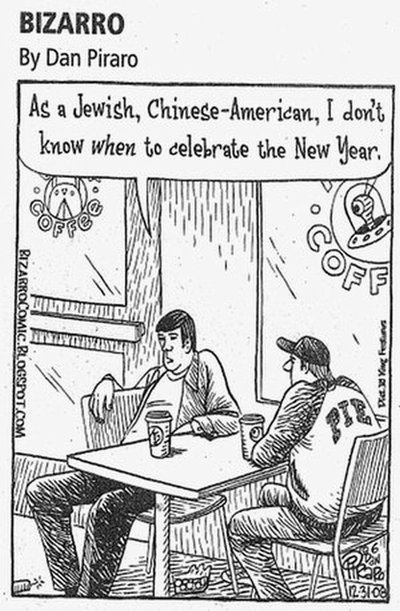April 2, 2009
Do Americans have an identity crisis when it comes to race and ethnicity?
Say goodbye to Italian-Americans and German-Americans and say hello to Vietnamese-Americans, Salvadoran-Americans and a bunch of other hyphenated Americans.
The way people identify themselves in the United States is changing, and the way the federal census classifies them by race or ethnicity isn’t painting a clear portrait of America, according to new research.
UW demographers who analyzed 2000 census data contend that because of the way the census was structured many Hispanics or Latinos were eventually lumped into a category called “some other race.” So many were placed in that category that it was the third-largest group behind whites and blacks in the census. This led to mistaken reports last year that whites, as opposed to non-Hispanic whites, were projected to be a minority in the U.S. by 2050. Actually, whites — including Hispanic whites — are expected to comprise upwards of 70 percent of the population in 2050.
“The truth is many people probably can’t accurately report the origins of their ancestors,” said Anthony Perez, lead author of a new study and a UW post-doctoral fellow in sociology and the University’s Center for Studies in Demography and Ecology. His co-author is Charles Hirschman, a UW professor of sociology and former president of the Population Association of America. The research appears in the March issue of the journal Population and Development Review.
“We have a fair degree of knowledge about where our parents and grandparents came from,” said Perez. “But with every generation the number of our ancestors doubles and it is difficult to know the ethnic and racial details of all of them. Many people might have more ethnic or racial groups in their backgrounds than they imagine.”
Most Americans, except for recent immigrants, probably descended from multiple geographic, ethnic and racial origins, and the United States was multi-ethnic and multi-racial from the start, the researchers contend.
“With the exception of indigenous people, everyone came from somewhere else. They were immigrants,” said Perez. “Frontier societies absorbed many indigenous people and we also have a long history of interracial unions between Americans of European and African descent. It is not just Barack Obama, but most of us are a bunch of ‘mutts’ from different cultures and backgrounds.”
All of this led to what is called Americanization, or the blending away of the specific ancestries that people brought with them. Typically Americanization begins with immigrants coming to the U.S., settling in neighborhoods with their compatriots and retaining their ethnic roots. But within a generation, they or their children learn English, intermarry with other Americans of different backgrounds and their ancestral ties begin to fade. With several more generations, most Americans begin to lose track of their increasingly complex family trees.
This blending has dramatically transformed Native Americans and Hawaiian-Pacific Islanders, most of whom acknowledge multiracial heritage. At the same time, very few whites and blacks acknowledge common ancestry on censuses and surveys.
“The low levels of racial mixture reported by whites and blacks represent an astounding loss of memory or a reluctance to acknowledge such mixing,” said Perez. “One-fifth of African-Americans identified multiracial origins in the 1910 census and researchers think that number probably is low. Yet in Census 2000, just 2 percent of blacks and 0.4 percent of white acknowledge shared ancestry. The blurring of memories over many generations, the stigma of race mixing and a long history of segregation and political polarization have probably contributed to the amnesia of shared ancestry among many white and black Americans.
“Whites are notoriously inconsistent about the specifics of ethnic identity. We don’t put a lot of stock in their answers because they often change their minds on follow-up questions. There also is inconsistency between parents and their children. The majority of whites have multiple ancestries and some will pick theirs on the basis of cuisine, a favorite relative or trends. And who isn’t Irish on St. Patrick’s Day?” he said.
What will Americans look like in another 50 years? Perez isn’t sure.
“The future face of America is uncertain. It’s like predicting the weather 50 years from now. If current rates of intermarriage continue, there is likely to be continued blurring of race and ethnic divisions. Even the race and ethnic categories used in the census may change, as they have in the past. For Asians and Hispanics, there is likely to be continued blending, as with previous generations of immigrants.” If intermarriage between blacks and whites continues to increase in the coming year, perhaps there will be greater acknowledgement of their shared ancestry. But this will likely depend also on how well we bridge the social and economic gaps between groups.”
The research was supported by the National Institute of Child Health and Human Development.

